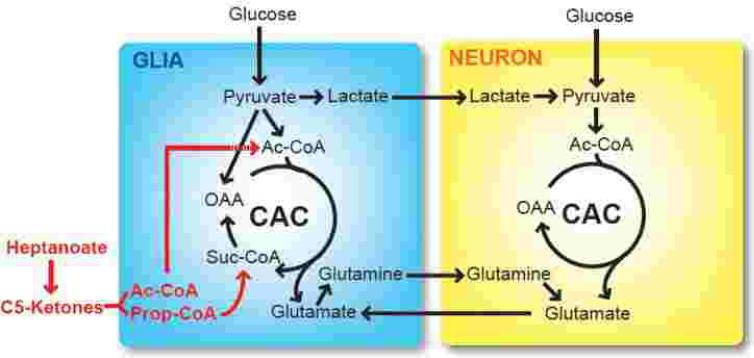Figure 1. Metabolism of glucose, C7-derived heptanoate and 5-carbon (C5) ketones in the brain.
Glial metabolism is distinct from neuronal metabolism. Glucose can access both glia (via GLUT1) and neurons (via GLUT3), fueling the TCA cycle (CAC). In glia, pyruvate is converted into oxaloacetate (OAA) via carboxylation, donating net carbon to the TCA cycle (anaplerosis). This reaction can be impaired in G1D. Like glucose, the C7 derivative heptanoate and related metabolites (i.e., the 5-carbon ketones beta-ketopentanoate and beta-hydroxypentanoate) also generate acetyl-coenzyme A (Ac-CoA) but, unlike the 4-carbon ketone bodies beta-hydroxybutyrate and acetoacetate, they can also be incorporated into succinyl-coenzyme A (Suc-CoA) via propionyl-CoA (Prop-CoA) formation, supplying net, anaplerotic carbon to the cycle. In addition to 5-carbon (C5) ketones, the 4-carbon ketone bodies beta-hydroxybutyrate and acetoacetate are also metabolites of C7.

